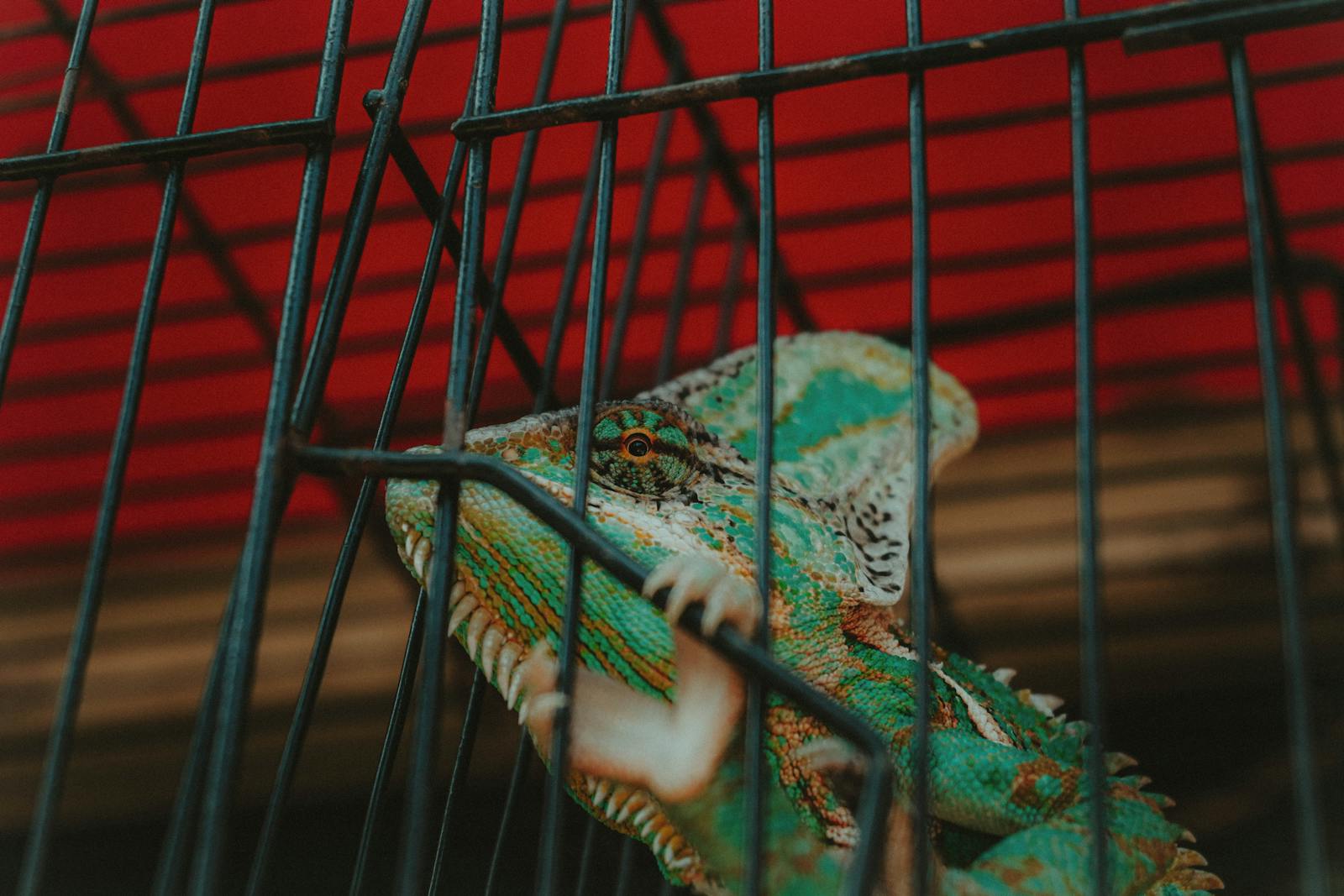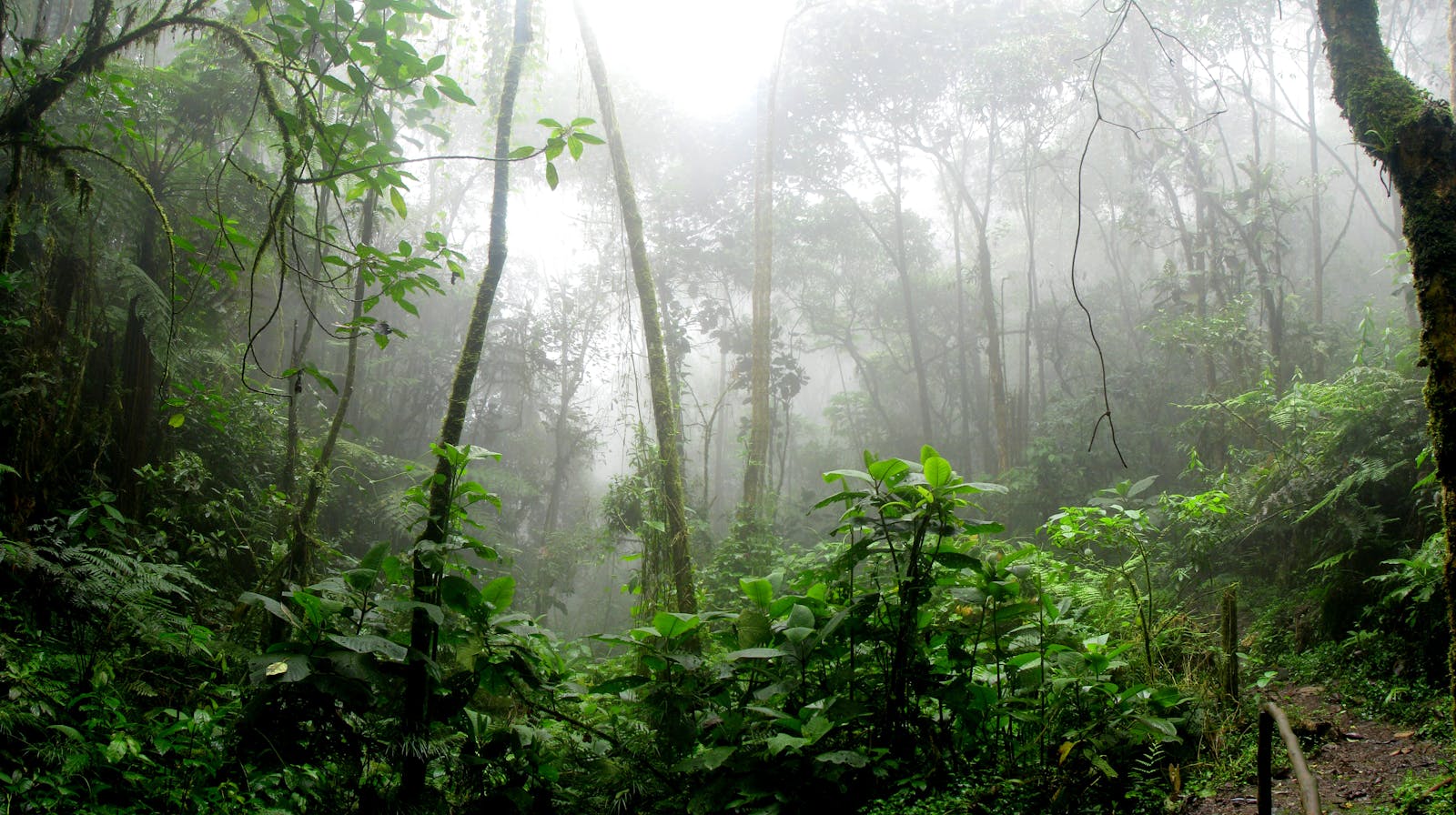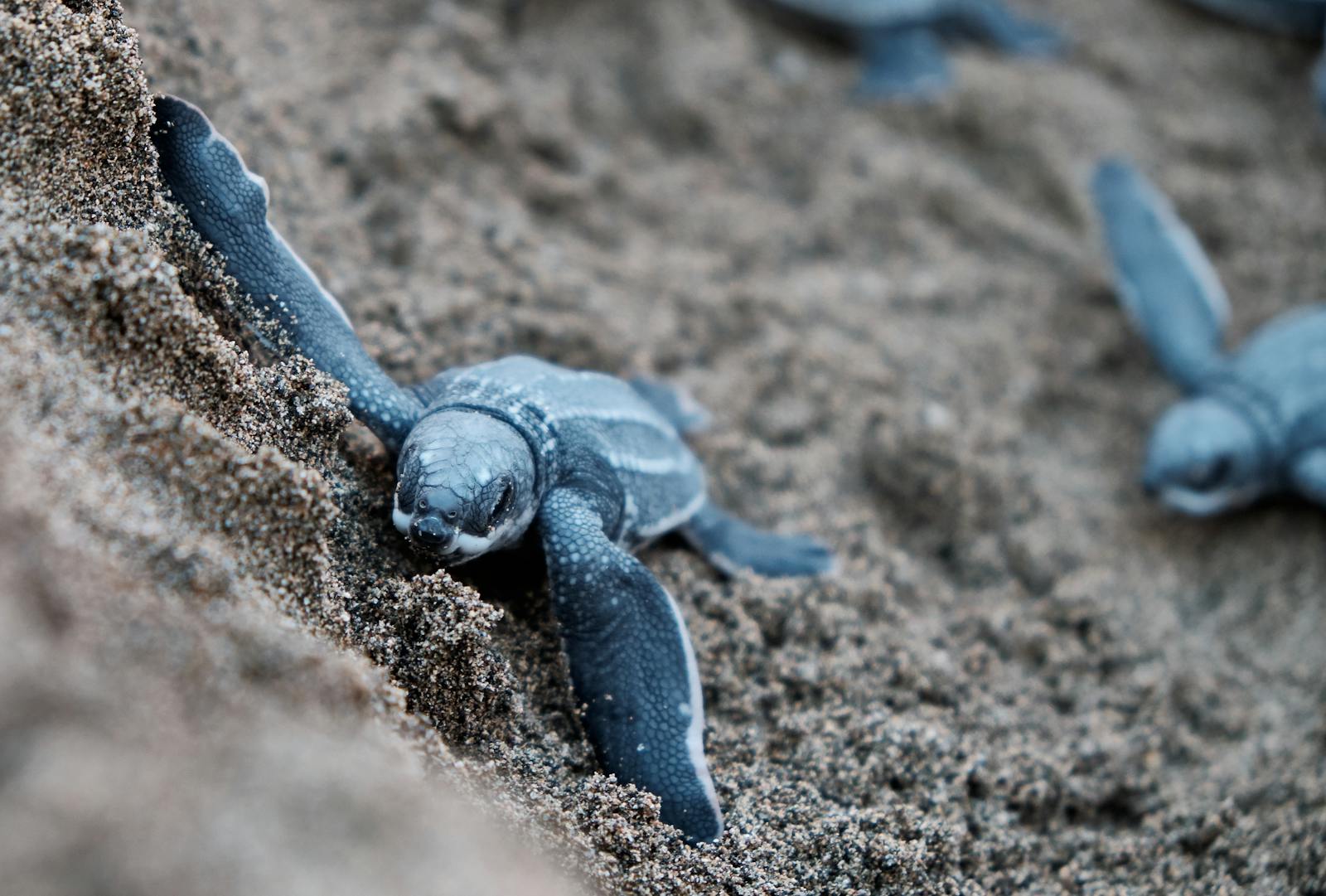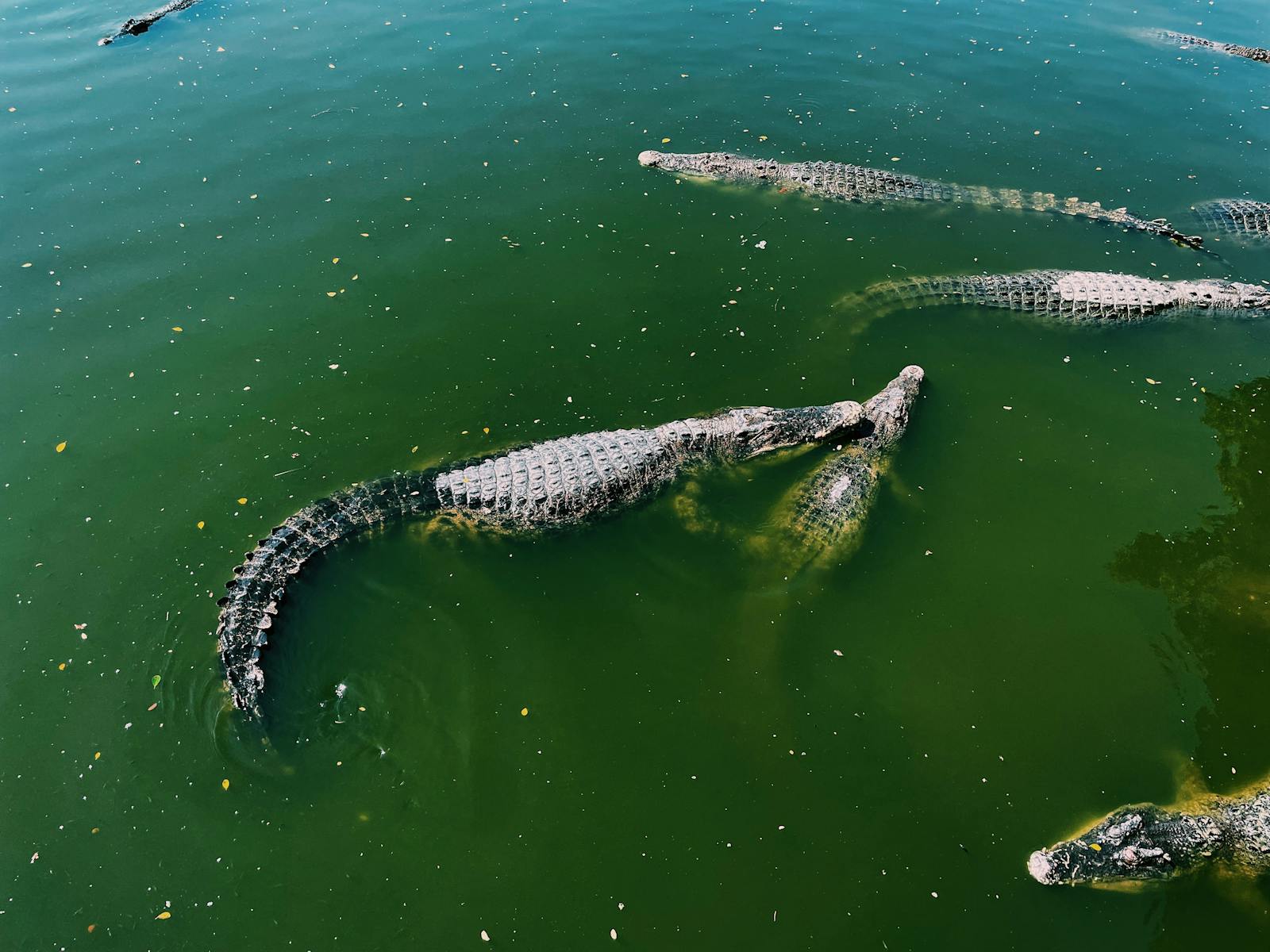The shadowy underworld of exotic animal trafficking represents a multi-billion dollar industry that threatens biodiversity worldwide. Among the most coveted contraband are rare reptiles, whose unique appearance, scarcity, and status appeal make them particularly valuable to collectors willing to pay astronomical sums for illegal specimens. This black market not only decimates wild populations but also circumvents important conservation regulations designed to protect vulnerable species. From albino pythons to tiny island geckos, reptiles with price tags reaching tens or even hundreds of thousands of dollars are smuggled across borders in luggage, shipping containers, and even taped to human bodies. This article explores the most expensive reptiles in this illicit trade, the methods used to traffic them, and the devastating impact on wild populations and ecosystems.
The Plowshare Tortoise: The Crown Jewel of Reptile Smuggling
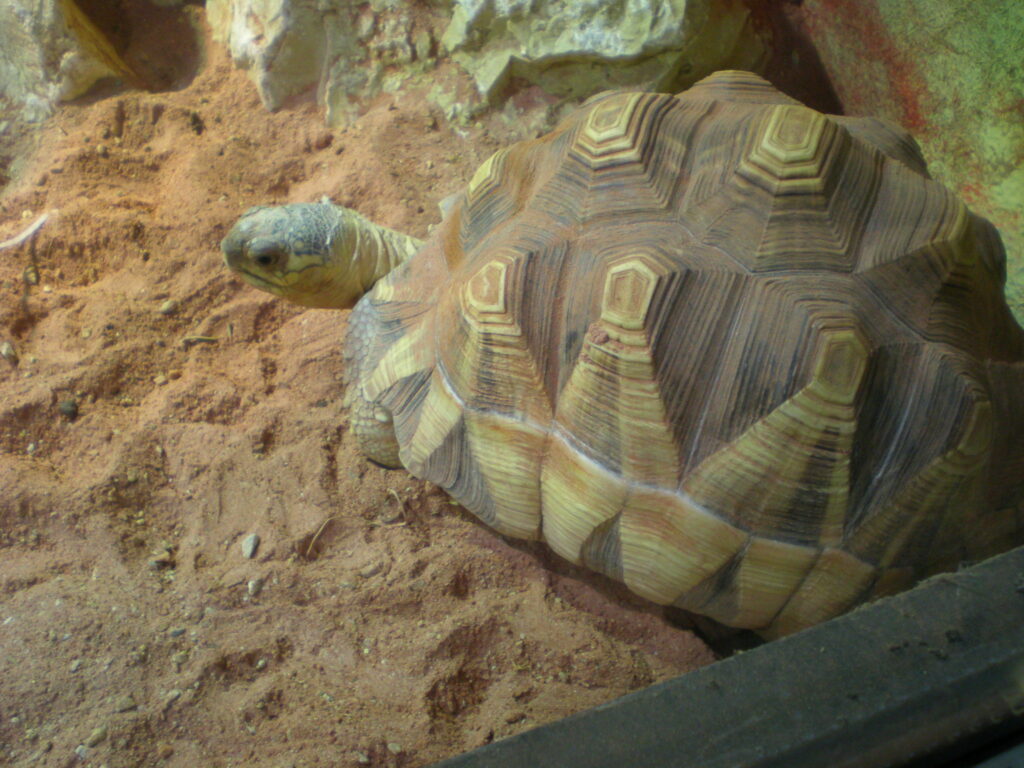
The Plowshare Tortoise (Astrochelys yniphora) from Madagascar stands as perhaps the most valuable reptile in the illegal wildlife trade, with specimens fetching up to $200,000 on black markets. With fewer than 100 individuals estimated to remain in the wild, this critically endangered tortoise has become the ultimate status symbol for unscrupulous collectors. Its distinctive gold and black domed shell featuring unique growth rings that resemble a plowshare gives this tortoise its name and unmistakable appearance. Despite international protection under CITES Appendix I (which prohibits all commercial trade) and numerous conservation efforts, poaching continues to push this species closer to extinction, making each specimen increasingly valuable as they become rarer.
The Dragon of Komodo Island: Illicit Trade in Apex Predators
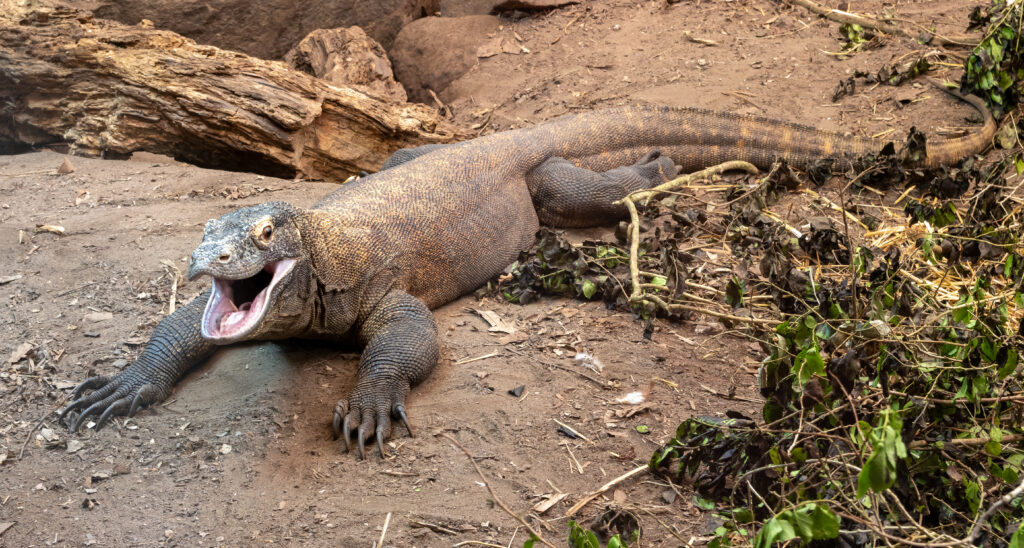
Despite their enormous size and dangerous reputation, Komodo dragons (Varanus komodoensis) have entered the illegal wildlife market at astonishing prices reaching $50,000 or more. These massive lizards, which can grow to 10 feet long and weigh over 300 pounds, are endemic to just a few Indonesian islands and are protected by strict national and international laws. Smuggling these apex predators typically requires sophisticated networks involving corrupt officials, falsified documentation, and specialized transport arrangements to move such large reptiles undetected. Collectors who seek these dangerous animals often maintain private menageries or unregulated zoos, placing both the animals and potentially the public at risk. The theft of even a small number of Komodo dragons represents a significant threat to the wild population, estimated at fewer than 6,000 individuals.
Albino Reticulated Pythons: White Gold of the Reptile World
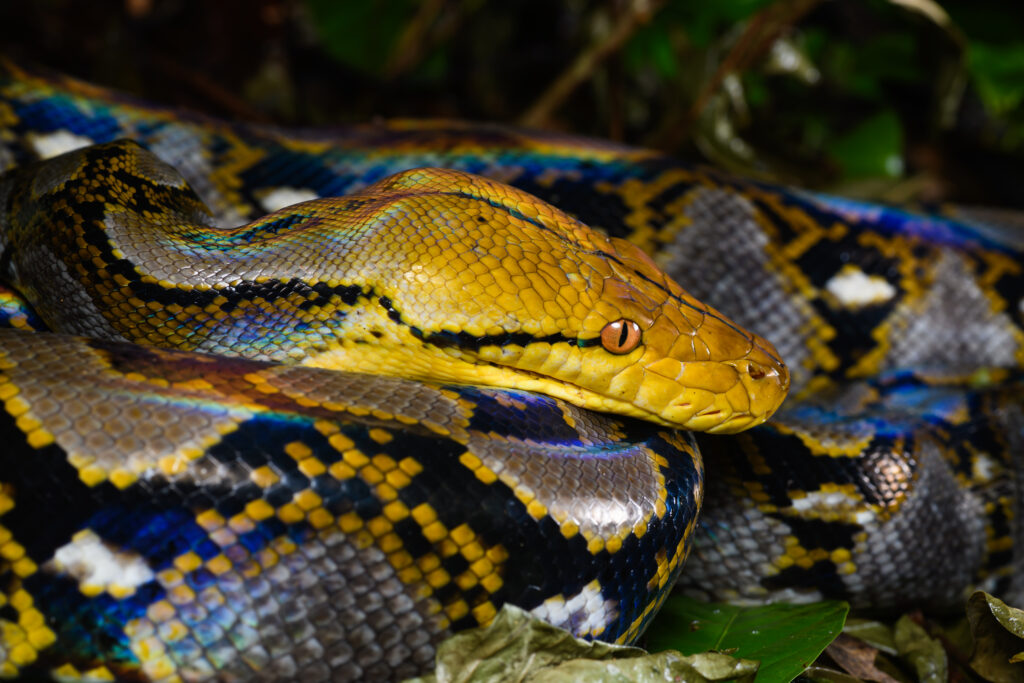
Albino mutations of the reticulated python (Python reticulatus) represent some of the most expensive reptiles in the black market, with rare specimens commanding prices up to $80,000. While captive breeding of color morphs is legal in many jurisdictions, wild-caught albino specimens remain highly sought after for their genetic value to breeding programs. These striking white and yellow snakes, which can grow to over 20 feet long, are among the largest snakes in the world and occur naturally at extremely low rates in wild populations. Smugglers target these genetic anomalies specifically, often removing them from protected areas in Southeast Asia where hunting is prohibited. The illegally acquired specimens are then often “laundered” through legal breeding facilities, making their origins difficult to trace and complicating enforcement efforts.
The Tuatara: Living Fossil on the Black Market
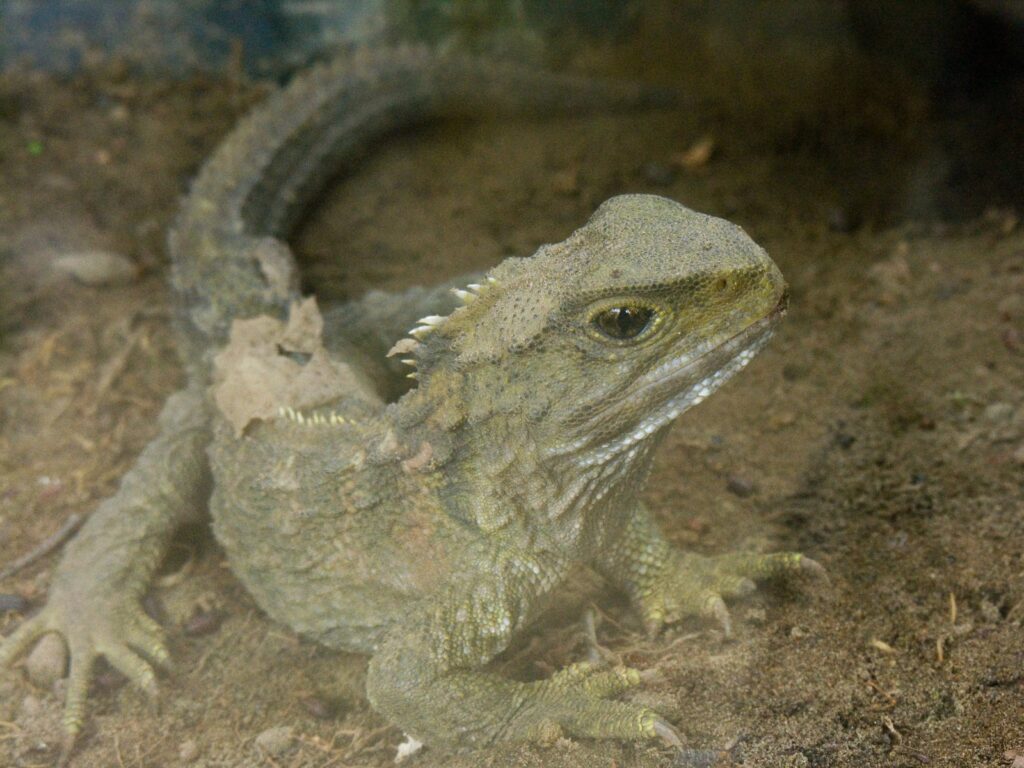
The tuatara (Sphenodon punctatus), the last surviving member of an ancient reptile lineage that dates back 200 million years, commands black market prices of up to $30,000 due to its evolutionary uniqueness. Native only to New Zealand, these reptiles are not actually lizards but the sole survivors of the order Rhynchocephalia, making them living fossils and objects of intense scientific interest. The New Zealand government strictly prohibits any trade in tuatara, which are sacred to the indigenous Māori people and protected by comprehensive wildlife laws. Despite these protections, the allure of possessing what is essentially a dinosaur-era reptile drives continued smuggling attempts, with collectors particularly valuing adult specimens that display the distinctive spiny crest along their backs. International smuggling networks have targeted research facilities and protected islands where tuatara populations are being restored, creating additional security challenges for conservation programs.
The Philippine Forest Turtle: From Scientific Mystery to Smuggling Target
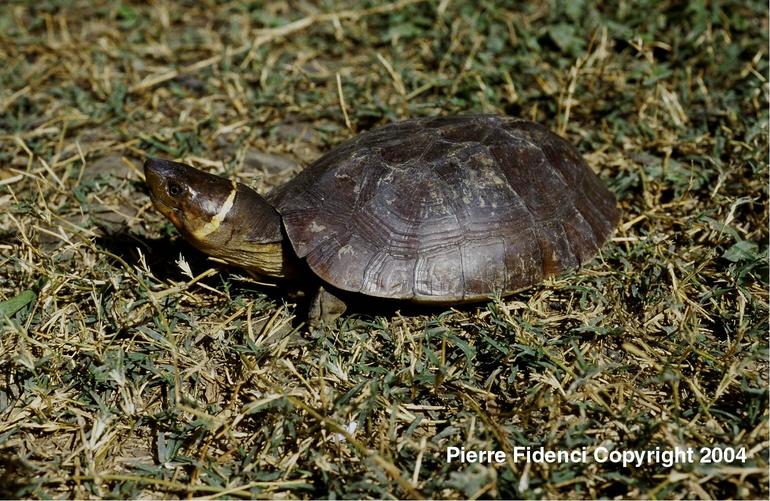
The Philippine forest turtle (Siebenrockiella leytensis) was so rare that scientists thought it extinct until its rediscovery in 2001, and within years it became one of the most expensive turtles in the black market at prices exceeding $25,000. Endemic to Palawan Island, this critically endangered freshwater turtle has a distinctive brown or black shell with a light-colored stripe running down the center of its head. The scientific rediscovery of this species unfortunately triggered a wave of poaching that continues to threaten its existence, with collectors valuing its rarity and unusual appearance. What makes this species particularly vulnerable is its extremely restricted range and the relative ease with which poachers can locate specimens in the shallow forest streams where they live, resulting in the capture of hundreds of turtles within just a few years of their rediscovery.
Fiji Banded Iguanas: Island Jewels at Risk

The strikingly beautiful Fiji banded iguana (Brachylophus fasciatus) can command black market prices of $10,000-$20,000 due to its brilliant emerald green coloration and distinctive blue-white bands. These arboreal iguanas, which grow to about two feet in length, are endemic to certain Fijian islands and have become increasingly rare due to habitat loss and predation by introduced species. Smugglers typically target these reptiles by bribing local residents to collect them or by posing as researchers to gain access to protected areas. Once captured, the iguanas are often sedated and concealed in luggage or shipping containers, with many perishing during the transport process due to stress, dehydration, or improper handling. The loss of these iguanas represents not only a blow to biodiversity but also the removal of important seed dispersers in the fragile island ecosystems.
Chinese Alligator: Ancient Symbol Fetching Modern Fortunes
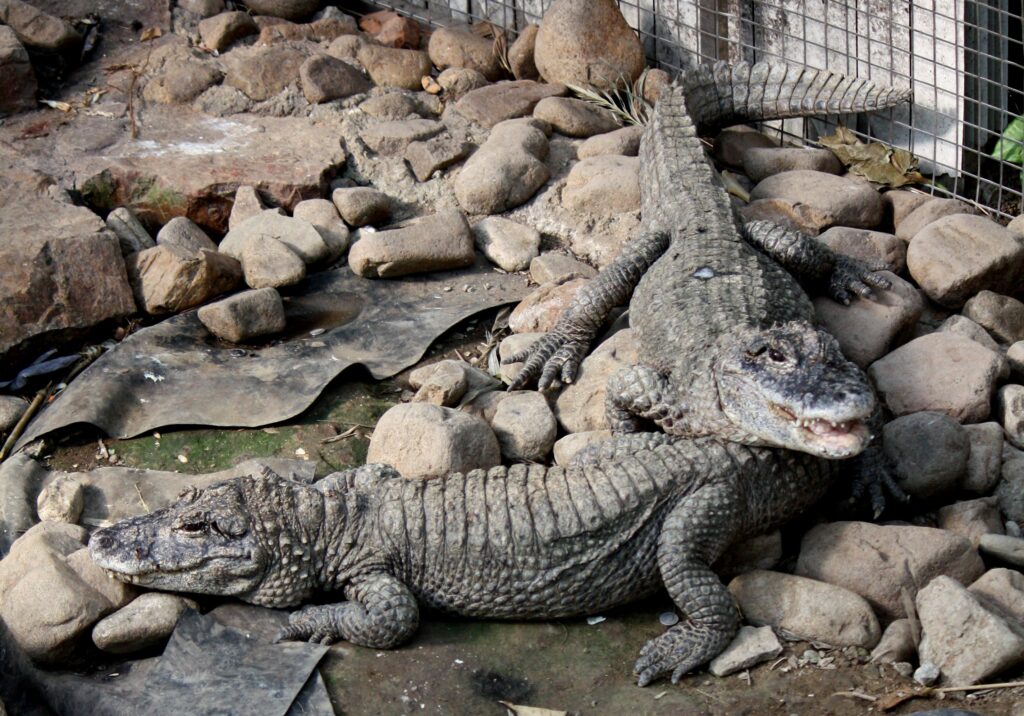
The critically endangered Chinese alligator (Alligator sinensis) can command black market prices of $15,000 or more, particularly for specimens destined for traditional medicine markets or private collections in Asia. With fewer than 150 individuals estimated to remain in the wild, every single alligator removed represents a significant blow to conservation efforts. These relatively small alligators, rarely exceeding seven feet in length, have featured prominently in Chinese culture and traditional medicine for centuries, adding cultural value to their already substantial biological importance. Smugglers often target breeding facilities or conservation centers, where they can obtain specimens with less risk than capturing them from heavily monitored wild populations. The high prices commanded by these alligators reflect not just their rarity but also their cultural significance across East Asia, creating persistent demand despite their protected status.
The Smuggling Methods: How Traffickers Move Rare Reptiles
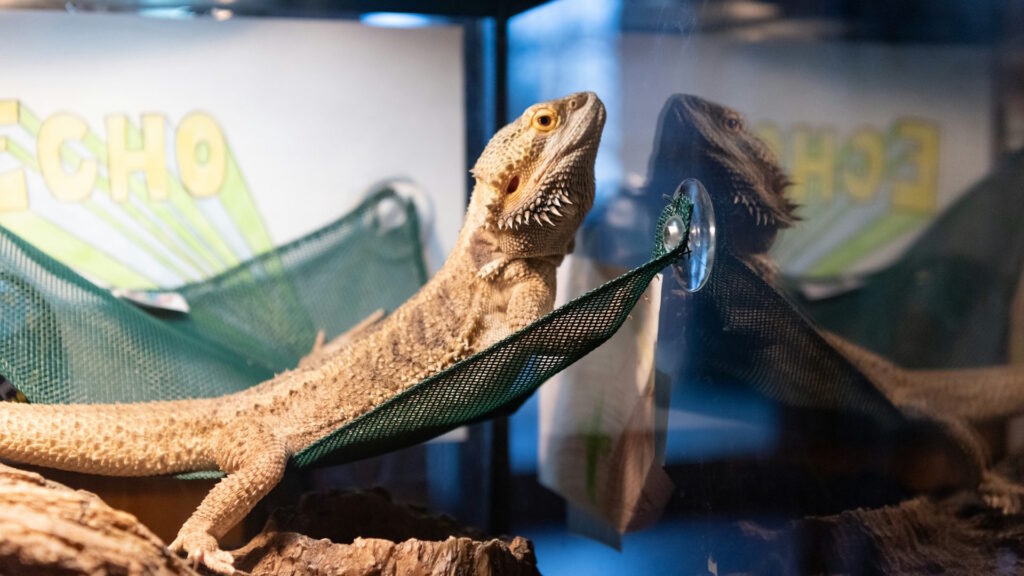
Reptile smugglers employ increasingly sophisticated methods to transport their valuable living contraband across international borders, from custom-built suitcases with hidden compartments to modified shipping containers with temperature control. One particularly disturbing technique involves taping small reptiles directly to the smuggler’s body, with specimens often sedated and wrapped in damp cloth to keep them alive during transit. Professional trafficking networks may utilize corrupt customs officials or exploit remote border crossings with minimal security presence. More sophisticated operations frequently misuse wildlife export permits by falsely declaring protected species as common, legal reptiles or by inflating the numbers on legal shipments while adding illegal specimens. The digital age has further complicated enforcement, with deals often arranged through encrypted messaging apps and specialized forums where buyers and sellers use code words to discuss protected species.
The Collectors: Who Pays Top Dollar for Illegal Reptiles

The clientele willing to pay exorbitant sums for smuggled reptiles typically falls into several distinct categories, each driving different segments of the illegal market. Ultra-wealthy private collectors, often from East Asia, the Middle East, and North America, maintain elaborate private collections hidden from public view, motivated primarily by the status of owning the rarest specimens. Another significant market exists among unscrupulous breeders who seek wild bloodlines to strengthen captive breeding programs, particularly for color morphs or other desirable genetic traits that command premium prices in the legal pet trade. Some zoos and wildlife attractions in countries with weak regulatory enforcement also purchase smuggled specimens to display exotic species without proper documentation. The most disturbing segment involves practitioners of traditional medicine who believe certain rare reptile parts possess healing properties, creating demand for species like Chinese alligators whose scales and organs are used in some traditional remedies.
Legal Consequences: The Risks of Reptile Trafficking
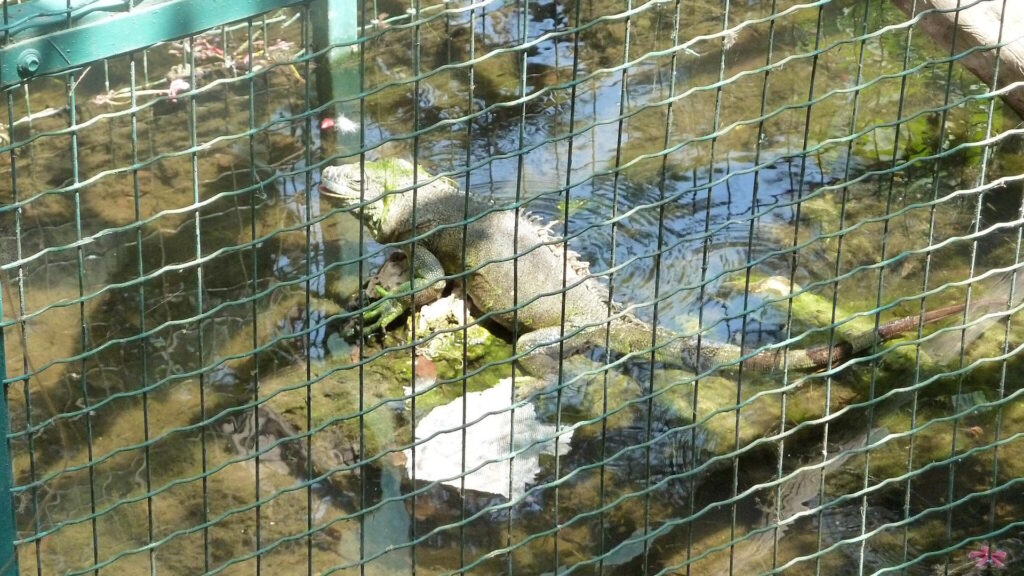
Penalties for reptile smuggling vary dramatically across jurisdictions, ranging from minor fines to substantial prison sentences depending on the species involved and the scale of trafficking. In the United States, violations of the Lacey Act, which prohibits trade in illegally sourced wildlife, can result in penalties of up to $250,000 for individuals and $500,000 for organizations, along with potential prison sentences of up to five years. Australia has implemented some of the world’s strictest wildlife trafficking laws, with penalties reaching $210,000 AUD and up to 10 years imprisonment for serious cases involving endangered species. However, enforcement remains inconsistent globally, with many countries lacking specialized units to investigate wildlife crime or the resources to effectively prosecute cases. This creates significant disparities that traffickers exploit, intentionally routing their smuggling operations through countries known for lax enforcement or corrupt officials who can be bribed to look the other way.
Conservation Impact: The True Cost of Reptile Smuggling

The ecological consequences of reptile trafficking extend far beyond the removed individuals, creating cascading effects throughout entire ecosystems. For many rare species like the plowshare tortoise, the removal of even a few reproductive adults can dramatically impact population viability, particularly for long-lived species with naturally low reproductive rates. The selective pressure exerted by collectors who target the most visually striking individuals can alter natural selection processes, potentially changing the genetic makeup of wild populations. Beyond direct population impacts, many targeted reptiles serve crucial ecological functions as seed dispersers, predators, or prey species within their habitats. Perhaps most alarming is the disease transmission risk, as reptiles moved through illegal channels bypass quarantine protocols, potentially introducing novel pathogens that can devastate wild populations with no natural immunity to these diseases.
Technological Solutions: Fighting Smuggling with Innovation
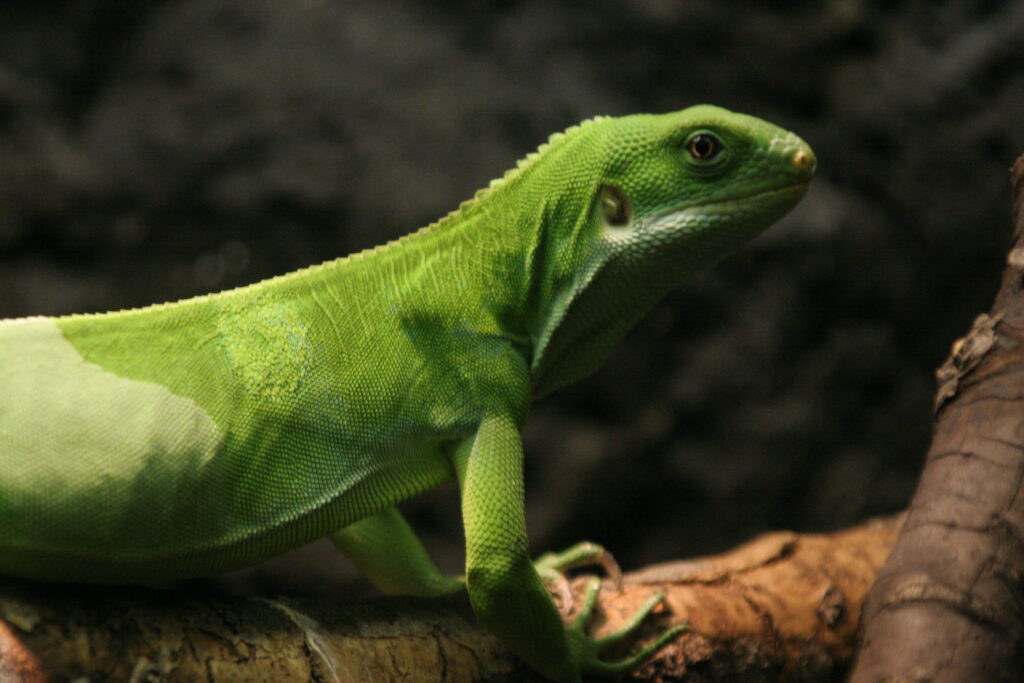
Conservation organizations and law enforcement agencies are increasingly deploying cutting-edge technologies to combat reptile trafficking networks. Microchipping of valuable species in protected areas creates permanent identification that can later prove illegal origin if specimens appear in private collections or on the market. DNA testing has become a crucial forensic tool, allowing authorities to determine not just the species but often the specific population a seized reptile originated from, making prosecution more effective. Advanced imaging technologies at major ports and airports can detect live animals concealed in luggage without requiring physical inspection of every container. Perhaps most promising are new artificial intelligence systems being deployed to monitor online markets and forums, automatically identifying code words and patterns associated with illegal wildlife trading and alerting enforcement agencies to suspicious activity before animals are even captured from the wild.
Legal Trade Alternatives: Sustainable Solutions
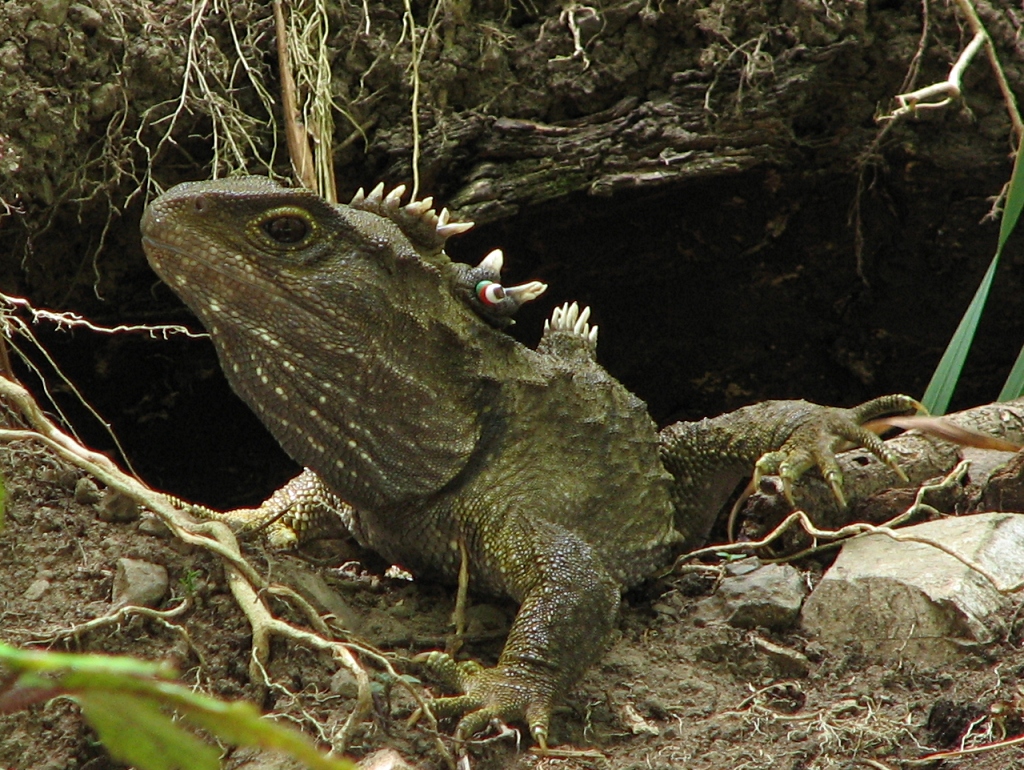
Some conservation experts advocate for carefully regulated legal trade as an alternative to prohibition, arguing that sustainable captive breeding programs could satisfy collector demand while funding conservation of wild populations. The yellow-spotted river turtle in Brazil offers one potential model, where community-based ranching programs allow controlled egg collection followed by raising and releasing a percentage of hatchlings back to the wild. Such programs create economic incentives for local communities to protect wild populations and their habitats rather than participate in poaching activities. However, implementing such programs requires robust regulatory frameworks, reliable marking systems to distinguish legal from illegal specimens, and ongoing monitoring to ensure wild populations remain viable. Critics argue that legal trade can sometimes provide cover for laundering illegal specimens and may actually increase demand by legitimizing the ownership of rare species that were previously taboo.
The Future of Rare Reptile Conservation
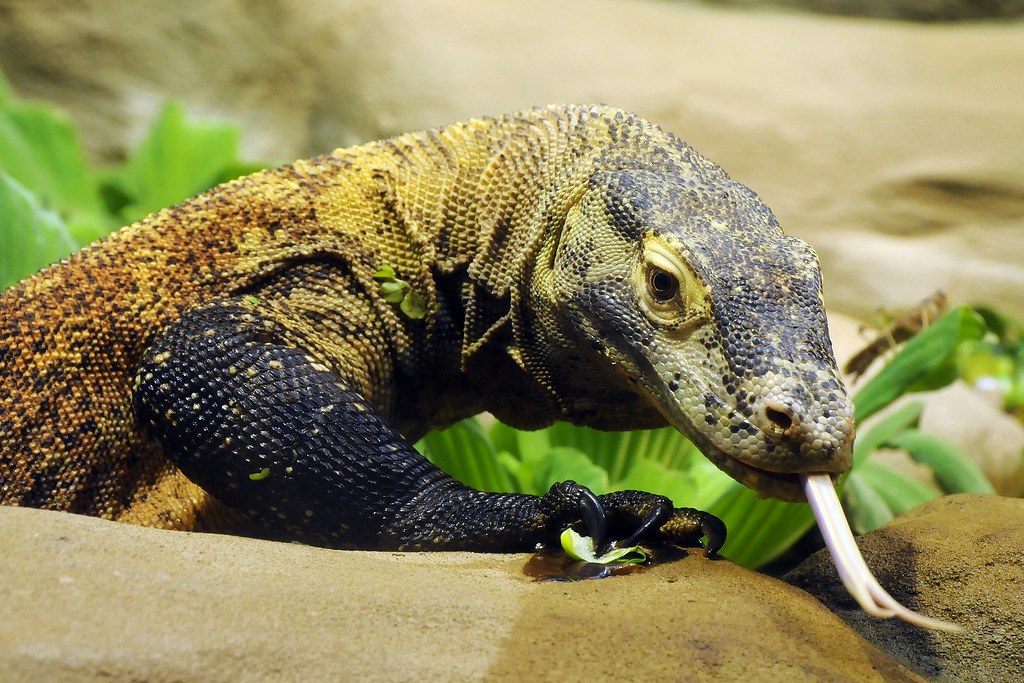
The future of the world’s most valuable and vulnerable reptiles hinges on a combination of strengthened enforcement, international cooperation, and addressing the root causes of trafficking. Technology will play an increasingly important role, with genetic databases making it easier to identify the origin of seized specimens and remote monitoring systems helping to detect poaching activities in protected areas. Conservation education initiatives targeting potential consumer countries have shown promise in reducing demand, particularly when they engage with cultural values and involve respected community leaders. Greater investment in the economic development of communities near important reptile habitats provides alternatives to participation in poaching and smuggling networks. Perhaps most promising is the growing international consensus around wildlife crime as a serious offense, with INTERPOL and other international law enforcement bodies devoting increased resources to dismantling the criminal networks that profit from our planet’s rarest reptiles.
The illegal trade in rare reptiles represents one of the most lucrative and destructive wildlife crimes, threatening species already vulnerable to habitat loss and climate change. From the $200,000 plowshare tortoise to ancient lineages like the tuatara, these animals are vanishing from the wild at an alarming rate to satisfy the desires of private collectors. While technological solutions and improved enforcement offer some hope, ultimately addressing this problem requires a fundamental shift in how we value these animals—not as commodities to be possessed but as irreplaceable components of our natural heritage. Only by reducing demand through education and providing sustainable alternatives to local communities can we ensure these extraordinary reptiles remain where they belong: in their natural habitats, not in smugglers’ suitcases or private terrariums of the wealthy.

